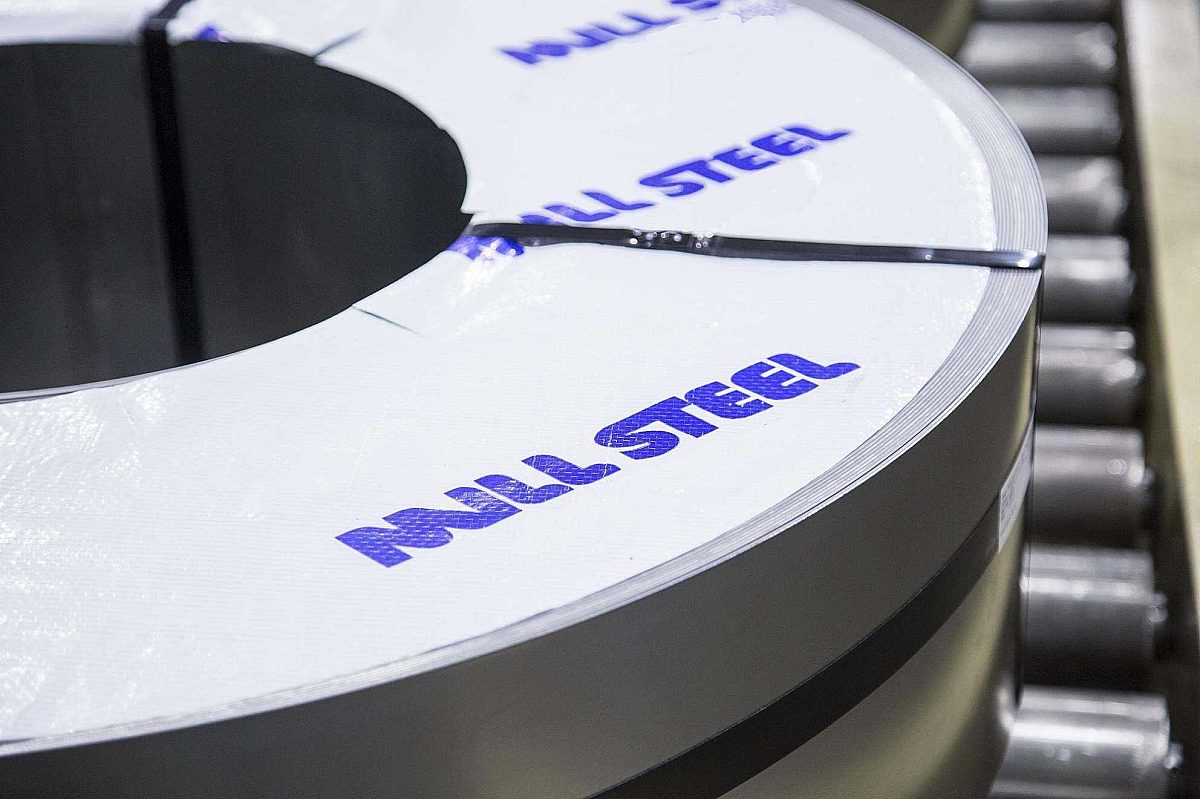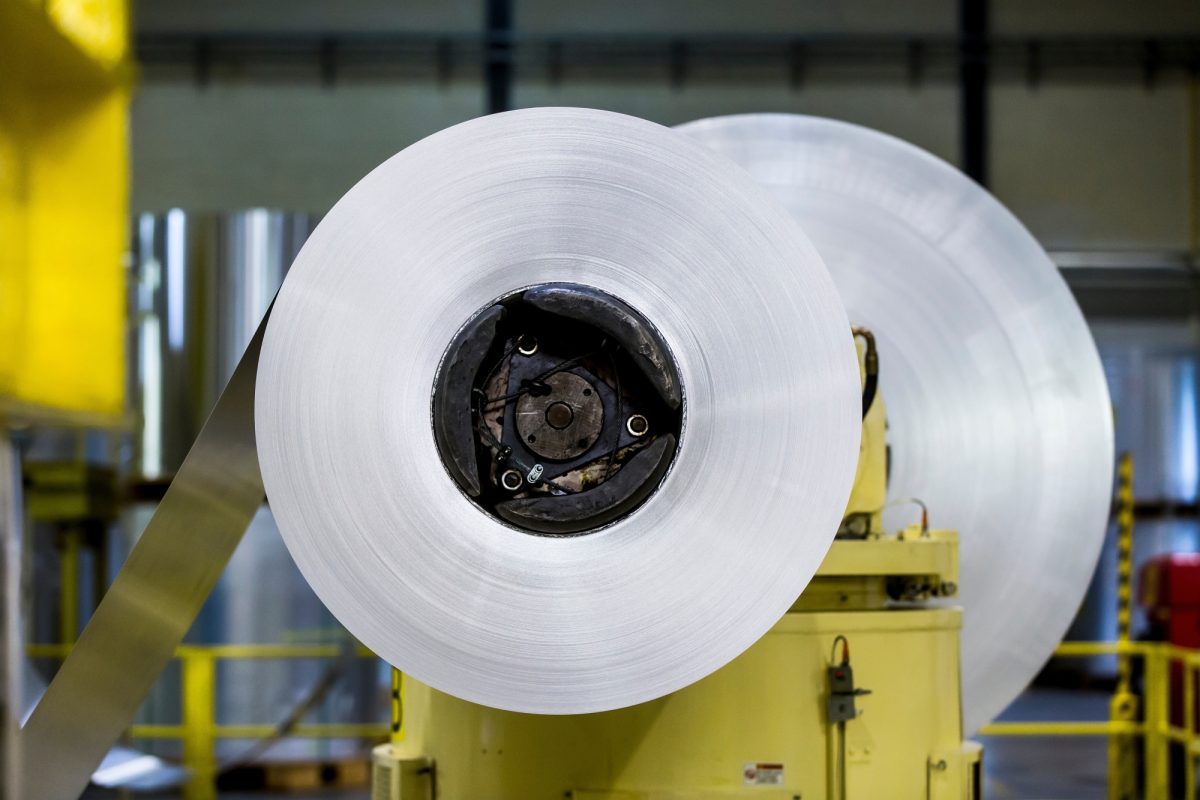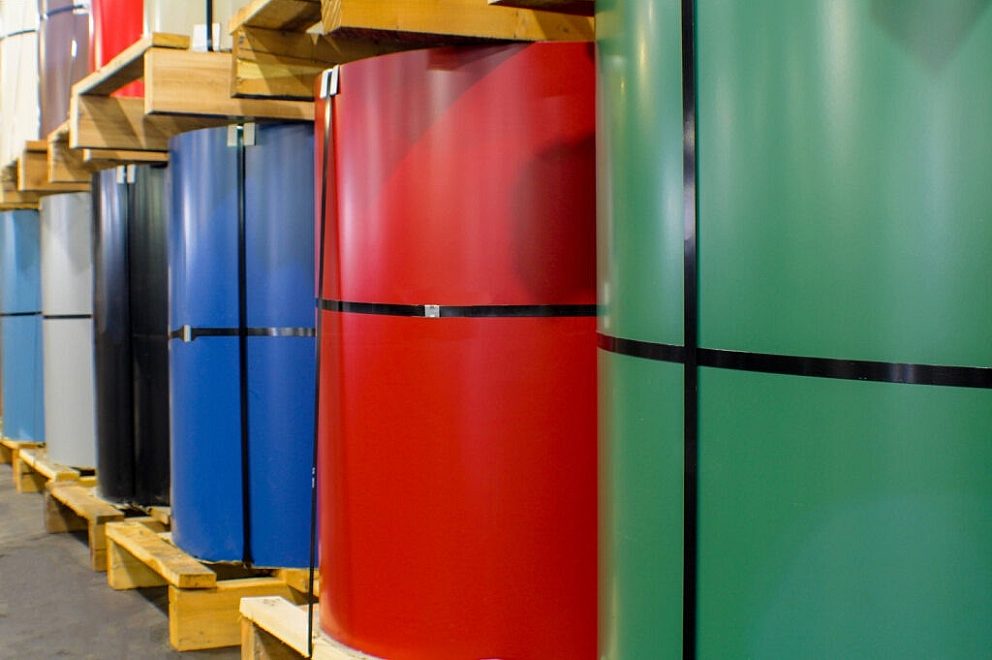How to Read and Interpret Mill Test Reports

Your quick guide to understanding material certifications and quality assurance
One of the most important tools for verifying quality in the metals industry is the Mill Test Report (MTR) – also known as a mill certificate or material test report. Whether you're in manufacturing, construction, or fabrication, knowing how to read and interpret a mill certificate is essential for ensuring the material you receive meets your exact specifications.
In this article, we break down what’s included in an MTR, what to look for, and how to use one to ensure you're getting the product you ordered.
What is a Mill Test Report?
A Mill Test Report is a quality assurance document provided by the steel mill that produced the material. It certifies that the steel or aluminum meets specific standards and properties as required by the customer or governing specifications like ASTM, ASME, or SAE. This report travels with the material and serves as a formal record of its chemical and mechanical properties.
Key Aspects of a Mill Test Report
While the format may vary slightly depending on the mill or material type, most certs include the following sections:
1. Material Heat Number
The heat number is a unique identifier that ties a batch of metal to its production run. It's your first step in tracing material back to its origin.
2. Chemical Composition
This section lists the percentage of each element present in the metal (e.g., carbon, manganese, chromium). These values must fall within the acceptable range for the specified grade.
3. Mechanical Properties
Here, you'll find measurements such as tensile strength, yield strength, elongation, and hardness. These properties determine how the material performs under stress.
4. Specifications Met
This outlines the standards the material complies with, such as ASTM A1011, A36, or A240, providing assurance that it meets industry and application-specific requirements.
5. Dimensions and Product Description
The report will also include the product’s size, thickness, and finish, helping you verify it matches your purchase order.
6. Certifying Signature
Finally, an authorized mill representative signs the report, certifying its accuracy and compliance.
Why MTRs Matter to Your Business
Whether you're producing solar racking systems, agricultural equipment, or OEM components, MTRs ensure you’re using traceable steel or aluminum that meets your requirements. They help avoid costly rework or safety concerns and are often required for regulatory or insurance compliance.
You can rest assured that every order from Mill Steel is backed by a commitment to transparency and full traceability through mill certificate documentation.
Tips for Reviewing an MTR
- Always check the heat number against the tags on your material.
- Compare specs to your engineering requirements before processing.
- File your MTRs with production records for future reference or audits.
If you ever have questions, our team is here to help. We’re committed to making sure you receive quality material and understand exactly what you’re getting.
Trust Mill Steel for Certified Quality
As a leading national steel service center, Mill Steel Company provides high quality flat-rolled carbon, stainless steel, and aluminum backed by industry-leading customer support. From coil to component, we’ve got you covered with quality certifications you can count on.
Looking for materials with full traceability? Contact our team today or shop our inventory online.


